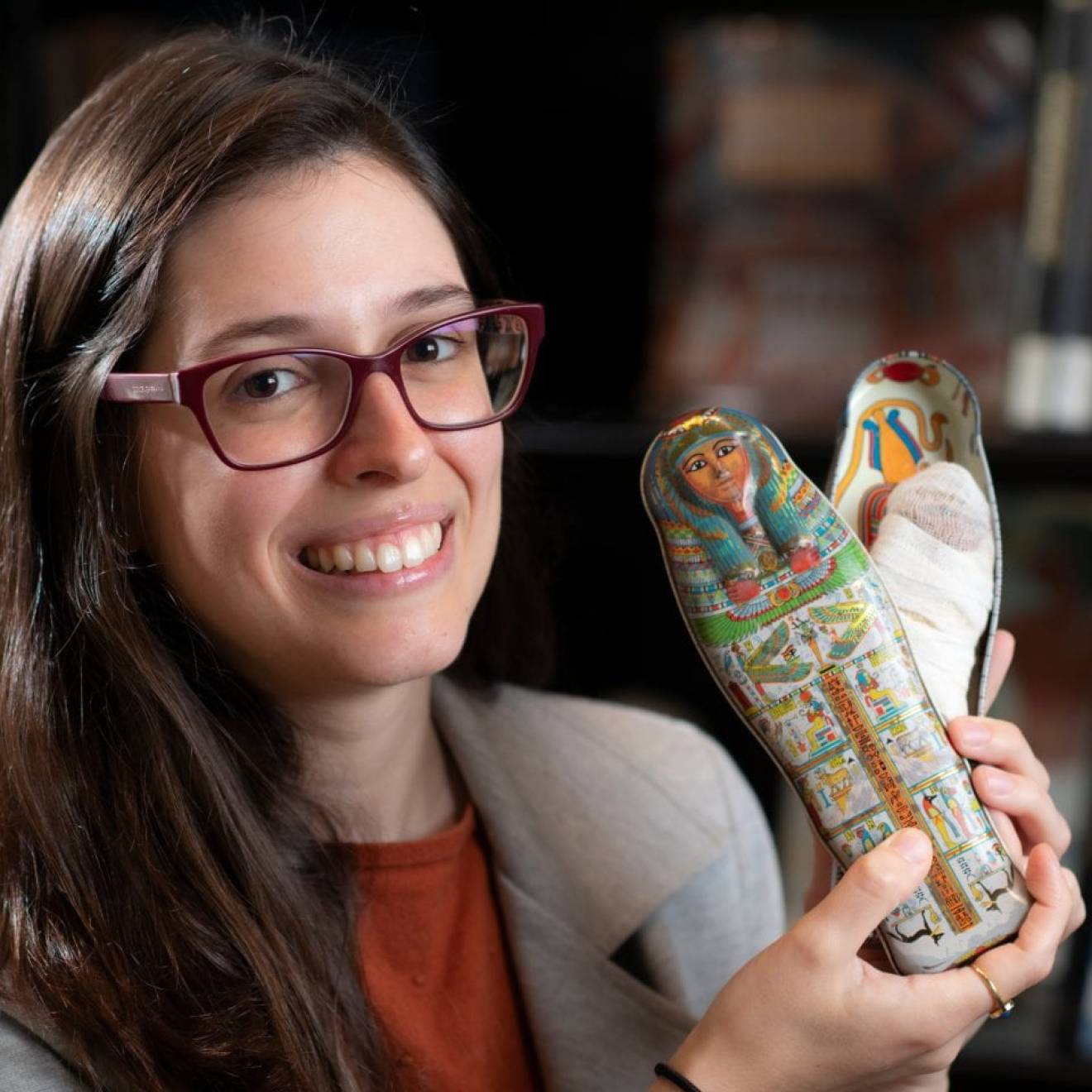If you’re looking for Sriram Sankararaman, chances are he’s absorbed in a screen, examining the genetic markers of a small group of hitherto unknown early humans who lived in West Africa some 600,000 years ago. “These,” he says, “could be some of humanity’s ghost ancestors.”
He’s referring to a type of ancient hominin that, while a relative of homo sapiens, was a very different type of human from us. Genetic “chunks” light up Sankararaman’s computer screen at the UCLA Samueli School of Engineering. He calls these genetic elements “ghosts,” because until now, the archaic people with whom they originated have been invisible to scholars of human evolution. They’ve emerged after “haunting” previously overlooked genetic codes, with the search for such codes a newer method of revealing ancient species than the more familiar tradition of extracting DNA from venerable skulls and teeth.

Sankararaman is a professor at UCLA with appointments in computer science, human genetics and computational medicine — the intersection of skills increasingly vital to investigating our past. Already harnessing artificial intelligence, such new thinkers aren’t waiting for DNA to be extracted to tell them a story: They’re digging into genetic datasets to track anomalies back into the past. These scientists are like archaeologists, only they’re using computer sniffer programs instead of shovels. They sift through the layers of genetic material shaped by changing circumstances over time until they find a strand of DNA that doesn’t fit into the story.
Sankararaman says it was serendipity that led him to see the unique “footprints” in genetic material volunteered by people among today’s Yoruba, Mende and Gambian groups in West Africa. The samples were gathered as part of the 1000 Genomes Project, a global effort rethinking past connections. It turned out to be a powerful and illuminating chunk of DNA: Today, 600,000 years later, it makes up as much as 8 percent of the tribe members’ genetic profile.
So just what did these early West Africans look like? Sankararaman is unsure, but other protohumans from the same era were smaller, more hairy and social. They also may have been better at resisting some of the diseases that we still face today.
“We still have more questions than answers. Did these archaic hominoids survive long enough to leave for Europe in the ‘out of Africa’ migration about 100,000 years ago?” he says. “Did they intermix with Neanderthals and other now-extinct groups?” And could there be genetic traces in the DNA of contemporary African Americans who are descended from enslaved West Africans?
The answers could provide insights into how certain genetic characteristics fight disease, for example. And much more. “This is another chapter,” Sankararaman says, “in the extraordinary story of ourselves.”
Video/images by Ben Konkol
Read more from UCLA Magazine’s Winter 2024 issue.

